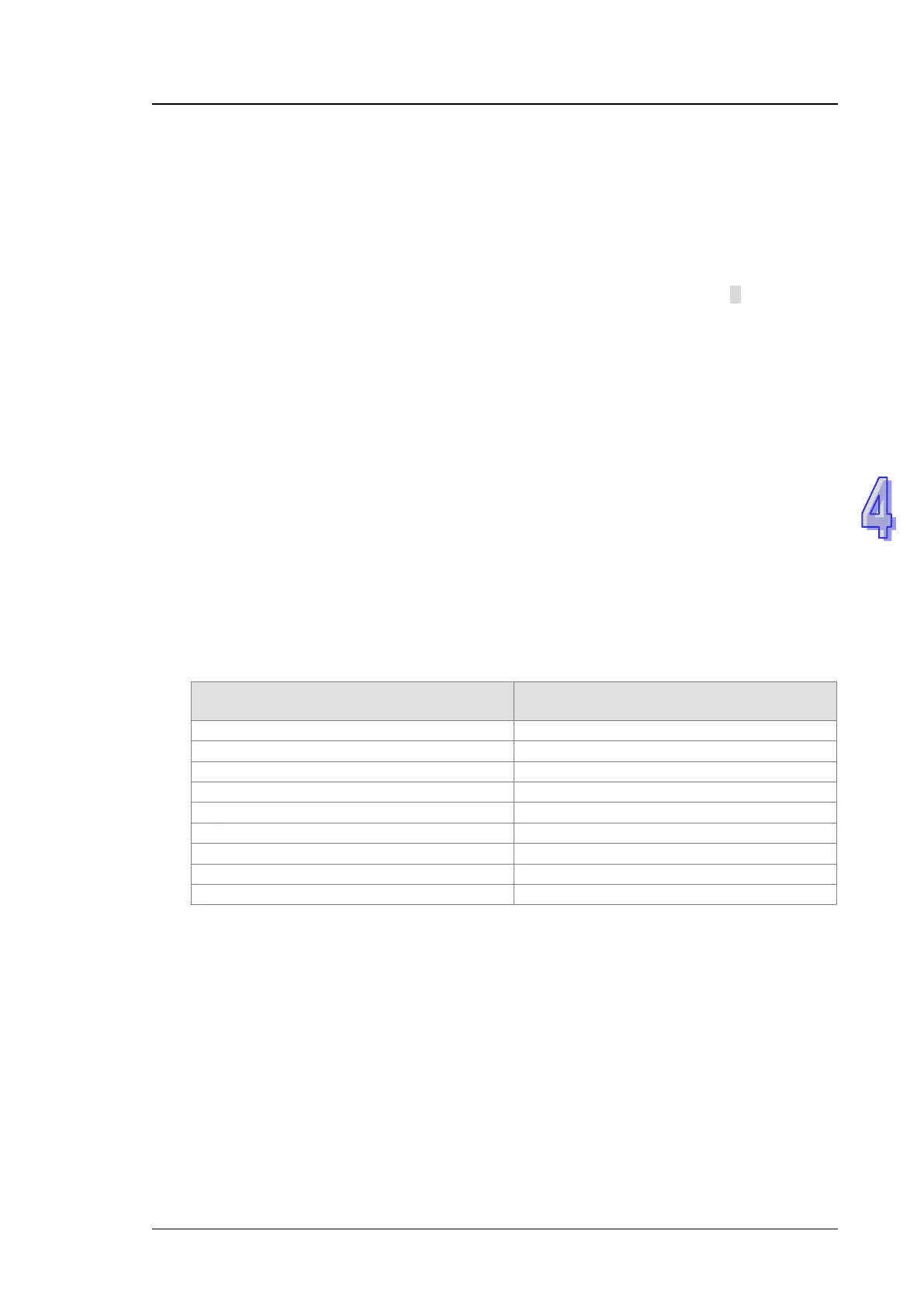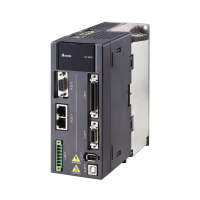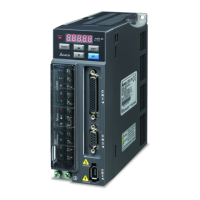Chapter 4 Instruction Structure
4-5
13. Pointer register: PR0~PR15
14. Pointer register of the timer: TR0~TR7
15. Pointer register of the 16-bit counter: CR0~CR7
16. Pointer register of the 32-bit counter: HCR0~HCR7
17. Constant: The decimal constants are notated by K, and the hexadecimal constants are notated
by 16#.
18. String: “$”
19. Floating-point number: The single-precision floating-point numbers are notated by F, and the
double-precision floating-point numbers are notated by DF.
20. The length of the data in one register is generally 16 bits. If users want to store the 32-bit data
in the register, they have to designate two consecutive registers.
21. If the operand used in the 32-bit instruction designates D0, the 32-bit data register composed
of (D1, D0) is occupied. D1 represents the higher 16 bits, and D0 represents the lower 16 bits.
The same rule applies to the timer and the 16-bit counter.。
22. When the 32-bit counter HC is used as the data register, it is only can be designated by the
operand used in the 32-bit instruction.
PS. Please refer to chapter 2 for more information about devices.
4.2 Restrictions on the Use of the Instructions
The instructions which only can be used in the function blocks
API0065 CHKADR, FB_NP, FB_PN, NED, ANED, ONED, PED, APED, and OPED
The instructions which can not be used in the interrupt tasks
GOEND
The instructions which are not supported in the function blocks
LDP, ANDP, ORP, LDF, ANDF, ORF, PLS, PLF, NP, PN, MC/MCR, GOEND, and all pulse
instructions in applied commands
If users want to use some of the instructions mentioned above, they can use the substitute
instructions.
Instruction which can not be used in the
function block
Substitute instruction in the function
block
PLF -
All pulse instructions in applied commands Note 1
Note 1: Pulse instructions can not be used in the function blocks. If users want to get the
function of the pulse instruction in the function block, they can refer to the following
example.
Example:
1. First, declare 10 bit variables tempBit[10] used in the system.
2. When StartBit1 is switched from ON to OFF, network 1 executes the instruction MOV once.
3. When StartBit1 is switched from OFF to ON, network 2 executes the instruction MOV once.
4. The variable tempBit used in the system can not be used repeatedly.

